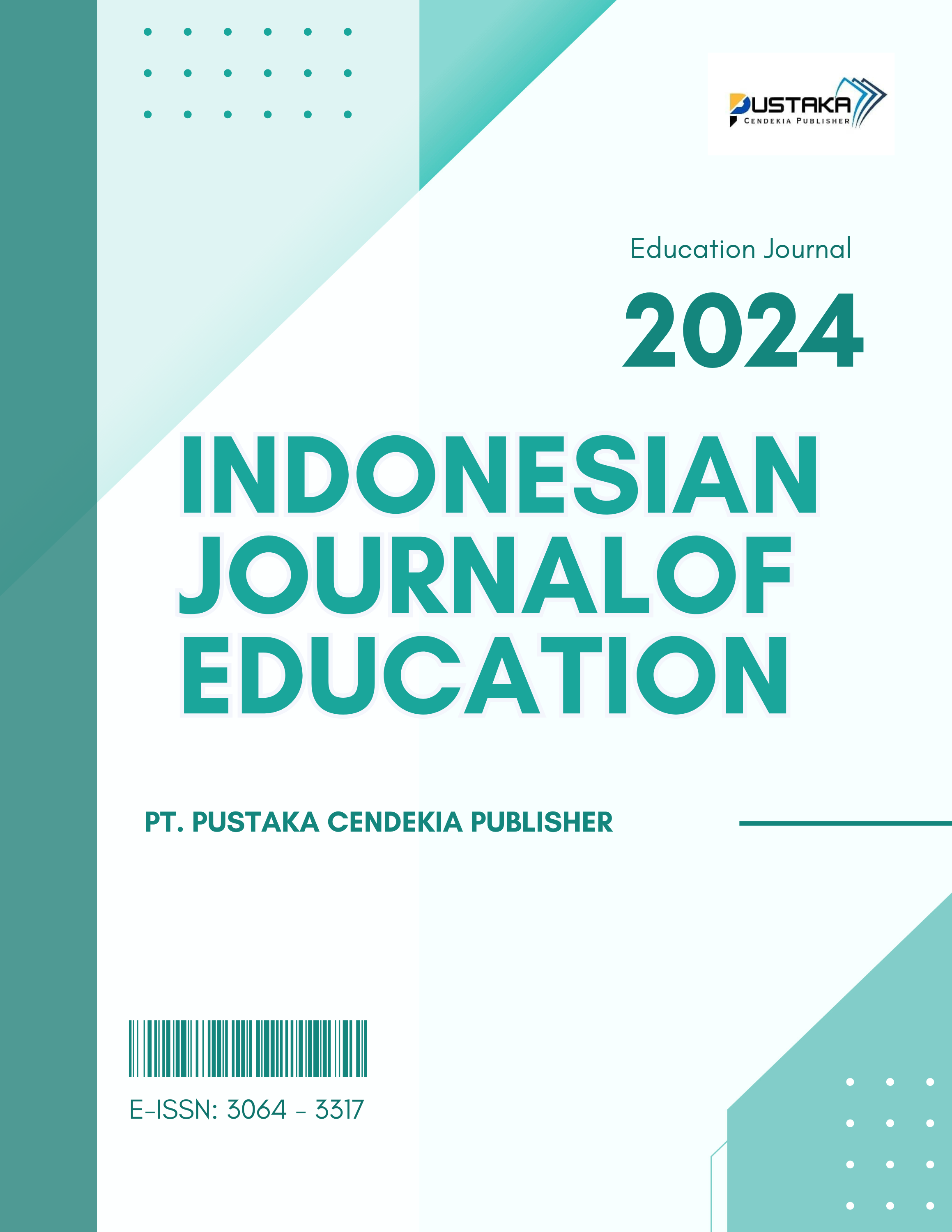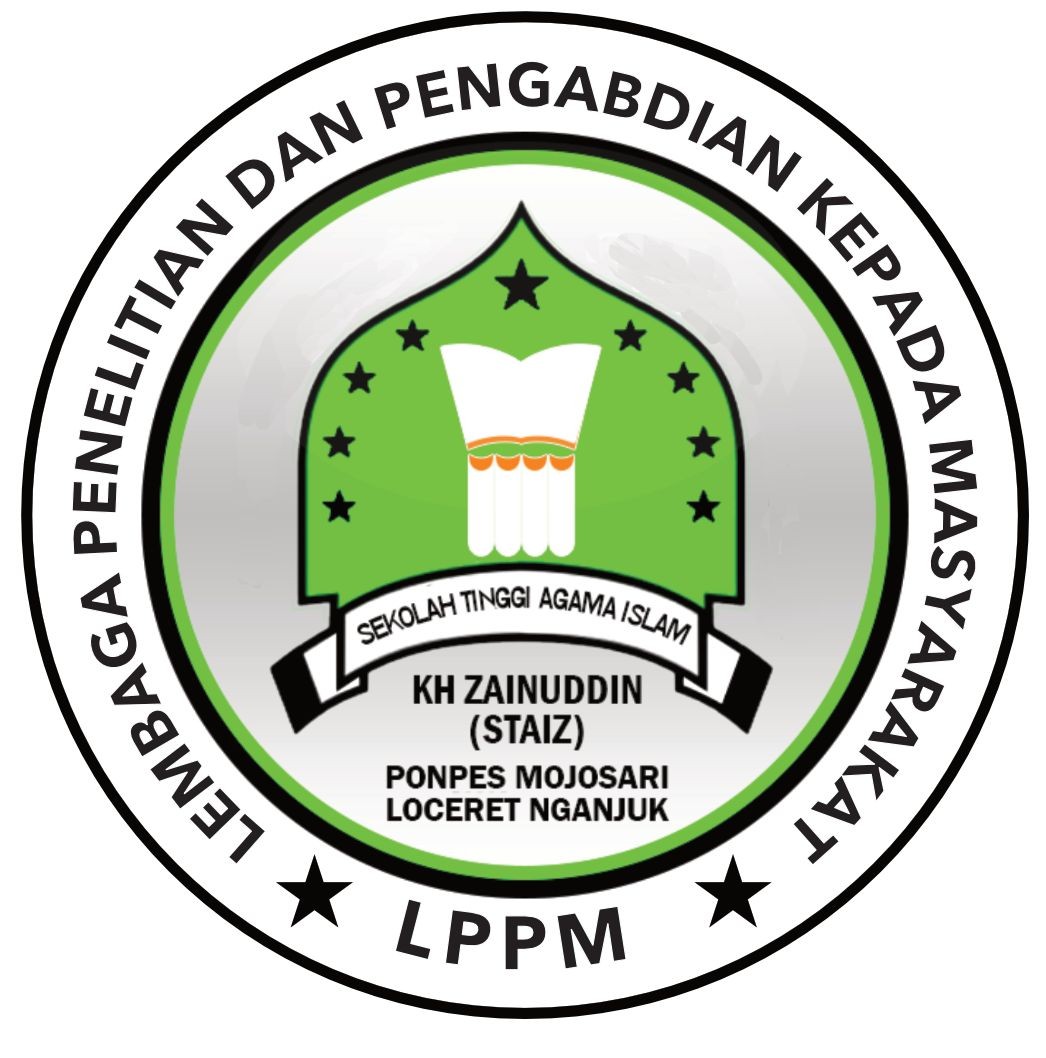Pemanfaatan Limbah Plastik Pada Pelaksanaan P5 Menggunakan Model Pembelajaran PJBL di Kelas 3 SDN 1 Kumbang
DOI:
https://doi.org/10.71417/ije.v1i3.225Keywords:
Pembelajaran P5, Project-Based Learning, Pemanfaatan Limbah Plastik, Pendidikan LingkunganAbstract
Limbah plastik menjadi salah satu isu lingkungan yang semakin mendesak, terutama di Indonesia. Untuk menghadapinya, pendidikan di tingkat sekolah dasar dapat memainkan peran dalam membangun kesadaran dan keterampilan siswa terkait pengelolaan sampah plastik. Artikel ini mengulas penerapan model pembelajaran berbasis proyek (P5) dengan metode Project-Based Learning (PJBL) yang melibatkan kegiatan pemanfaatan limbah plastik di kelas tiga SDN 1 Kumbang. Penelitian ini bertujuan untuk mengetahui bagaimana pemanfaatan limbah plastik menjadi suatu barang yang berguna. Selain itu dalam artikel ini membahas mengenai kampanye pengurangan penggunaan plastik. Penelitian ini menggunakan pendekatan kualitatif dengan desain deskriptif. Teknik pengumpulan data yang digunakan yaitu wawancara, observasi dan dokumentasi. Hasil dari penelitian ini adalah limbah plastik dapat diolah menjadi bak sampah yang sudah diterapkan pada pembelajaran P5 melalui metode pembelajaran PJBL di kelas tiga SDN 1 Kumbang.
Downloads
References
Anggraeni, D., & Nulhaqim, M. (2020). Social worker staffing process. *Advances in Social Science, Education and Humanities Research*, 130, 188. https://doi.org/10.2991/assehr.k.200130.188
Arena, U., & Gregorio, M. (2014). A waste management planning based on substance flow analysis. *Resources, Conservation and Recycling*, 83, 1-10. https://doi.org/10.1016/j.resconrec.2013.05.008
Bradshaw, C., Atkinson, S., & Dempsey, N. (2017). Employing a qualitative description approach in health care research. *Global Qualitative Nursing Research*, 4, 1-8. https://doi.org/10.1177/2333393617742282
Gutierrez, M. A., & Duran, A. (2013). A qualitative description of female veterans' deployment‐related experiences and potential suicide risk factors. *Journal of Clinical Psychology*, 69(12), 1347-1356. https://doi.org/10.1002/jclp.21997
Himawan, F. (2023). Property corporation exit strategy planning and the importance of contingency leadership. *International Journal of Social Science and Business*, 7(4), 569-576. https://doi.org/10.23887/ijssb.v7i4.56916
Kholisah, N. (2024). Analysis of the impact of lack of classrooms on students' conductivity while learning. *Progres Pendidikan*, 5(2), 408-415. https://doi.org/10.29303/prospek.v5i2.408
Kim, H., & Lee, H. (2016). Characteristics of qualitative descriptive studies: A systematic review. *Research in Nursing & Health*, 39(5), 299-307. https://doi.org/10.1002/nur.21768
Lubis, M. A., & Sari, R. (2023). Datok Institute Laksamana weaving motives of Malay songket weaving in Langkat: Study of local wisdom character education models. *Jupiis Jurnal Pendidikan Ilmu-Ilmu Sosial*, 15(1), 46886. https://doi.org/10.24114/jupiis.v15i1.46886
Masood, M., & Iqbal, M. (2014). An assessment of the current municipal solid waste management system in Lahore, Pakistan. *Waste Management & Research: The Journal for a Sustainable Circular Economy*, 32(1), 1-9. https://doi.org/10.1177/0734242x14545373
Moser, A., & Korstjens, I. (2017). Series: Practical guidance to qualitative research. Part 3: Sampling, data collection and analysis. *European Journal of General Practice*, 23(1), 1-2. https://doi.org/10.1080/13814788.2017.1375091
Nopiyanto, A., & Sari, R. (2023). Analysis of physical education students' learning motivation in basic research course. *Jurnal Pendidikan Jasmani (JPJ)*, 4(1), 822-830. https://doi.org/10.55081/jpj.v4i1.822
Partono, J., & Prasetyo, A. (2020). Investigation on the urban and rural students' behavior for plastic waste management in Solo region. *Humanities & Social Sciences Reviews*, 8(2), 8373. https://doi.org/10.18510/hssr.2020.8373
Pauzan, A. (2024). An analysis of student's grammatical errors in writing a thesis proposal of TBI at UIN Mataram. *British Journal of English Language Linguistics*, 12(2), 5465. https://doi.org/10.37745/bjel.2013/vol12n25465
Prodyanatasari, R. (2023). Utilization of plastic waste as planting media in efforts to handle inorganic waste. *Room of Civil Society Development*, 1(1), 268. https://doi.org/10.59110/rcsd.268
Tarusu, A., & Sari, R. (2022). Student character establishment in mathematics learning in elementary school during coronavirus pandemic. *Cypriot Journal of Educational Sciences*, 17(8), 7783. https://doi.org/10.18844/cjes.v17i8.7783
Vaismoradi, M., Turunen, H., & Bondas, T. (2013). Content analysis and thematic analysis: Implications for conducting a qualitative descriptive study. *Nursing and Health Sciences*, 15(3), 398-405. https://doi.org/10.1111/nhs.12048
Zhang, Y., & Wang, H. (2021). Current technologies for plastic waste treatment: A review. *Journal of Cleaner Production*, 279, 124523. https://doi.org/10.1016/j.jclepro.2020.124523
Downloads
Additional Files
Published
Issue
Section
License
Copyright (c) 2025 Deny Susanti, Eli Hasmianti, Fathul Amin, Hayatul Baiti, Mahyuni Fitriani, Windri Sri Maroni (Author)

This work is licensed under a Creative Commons Attribution-ShareAlike 4.0 International License.














